How to remove yellow sweat stains from underarms on white clothes?
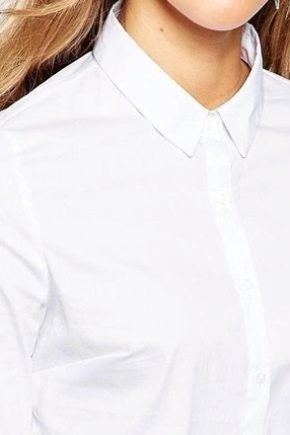
Sweat stains easily appear on clothes, but are very difficult to remove from them, especially if the sweat is mixed with deodorant. However, there are ways to deal with them and save your favorite thing.
Causes of pollution
The human body can excrete up to 1,000 ml of sweat per day. It is he who is the main cause of the formation of yellow spots in the armpits. It is worth considering that the unreasonable appearance of such signs as increased sweating, a sharp and unpleasant odor can be a signal of a malfunction in the body. In such a case, it is advisable to consult a doctor.

What to wash?
Despite the developed chemical industry, yellow sweat stains near the armpits are quite difficult to remove. This is due to two processes: the reproduction of microorganisms (the products of their vital activity cause that very unpleasant odor) and the evaporation of the sweat itself. The use of deodorants leads to the interaction of its chemical components with bacteria, as a result, a mixture is formed that strongly and deeply eats into the fabric fibers.
Often when washing use washing powders, containing phosphates. They contribute to the formation of a silicone coating with a yellowish color. Therefore, even carefully washed things do not seem fresh, and stains do not disappear. The combined action of a good washing powder and bleach is capable of reviving white things. Stain removers containing active oxygen and enzymes can save colored products.

Vinegar essence will cope with old sweat stains. We prepare a working solution: a liter of warm water + 30 ml of vinegar essence. Work only with protective rubber gloves to prevent chemical burns. Soak clothes for 30 minutes. After that, we take it out with gloves and wring it out a little. Apply baking soda to stains. Soda will enter into a chemical reaction with vinegar and give the desired positive effect.
Instead of baking soda, you can use a mixture of lemon juice and ammonia. This option is more aggressive, it is unacceptable for thin and delicate fabrics. Soak the item for 40 minutes and wash as usual.

How can you wash it off?
The main criteria when choosing a cleaning agent is the ability to quickly and effectively remove dirt, while maintaining the integrity of the fabric itself.
different fabrics
Cotton fabric
To remove yellow marks on cotton products, hydrogen peroxide 3% will help. In this way You can clean white T-shirts, tracksuits, shirts and blouses:
- First, we prepare a cleaning mixture: 10 g of soda + 5 ml of any detergent + ¼ bottle of hydrogen peroxide 3%. Mix well and spread over the surface of the stains.
- Lightly rub with a brush so that the composition penetrates deeper into the fabric, and hold for 60 minutes.
- After the allotted time, we wash in the usual way in a washing machine.
Wine vinegar 6% is also no less effective:
- We mix 250 ml of water with 30 ml of vinegar and soak the clothes in the armpit area with the resulting solution.
- Let stand for 30 minutes and wash as usual.
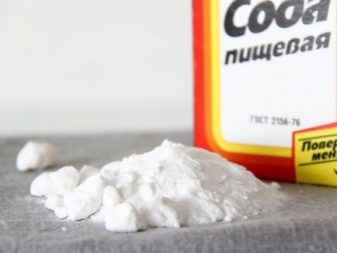
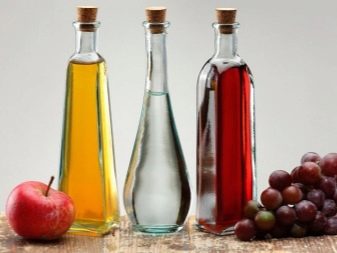
The following recipe will help restore things to their former appearance:
- We get a thick mass by mixing salt, soda and liquid soap.
- Add a little ammonia and distribute over contaminated areas.
- Let stand for 30 minutes and wash as usual.
A concentrated vinegar solution will also help. We pre-test it on the wrong side or label, if the reaction proceeded normally and the fabric did not fade or deteriorate, then the product can be soaked completely.

You can soak the item for 24 hours in a concentrated saline solution, then wash it in cool water.
Silk, synthetics, wool
Silk and synthetic products will be cleaned with sodium thiosulfate, which can be purchased at a pharmacy:
- In 250 ml we dilute 30 ml of sodium thiosulfate and soak the fabric.
- We rinse the product.
Also, medical alcohol can deal with sweat stains on silk clothes. Just wipe the dirty areas and rinse thoroughly in boiled water.
You can use antichlorine. You can buy it at a hardware store. Mix 30 g of powder in one liter of water and soak the product. From time to time we wipe the dirt with our hands. Wash as usual and rinse thoroughly.
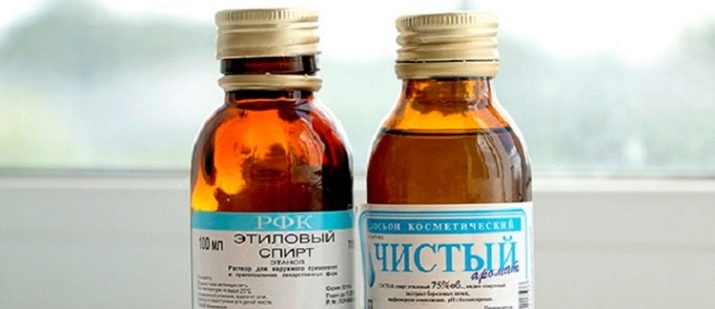
Woolen products will save a concentrated saline solution:
- In a liter of water, mix ½ cup of salt.
- Soak the product for 60 minutes and rinse.
Laundry soap with salt is also useful. Grind a bar of soap on a fine grater and dissolve in water. Add as much salt to the soap solution as you can dissolve. We soak the wool product for 60 minutes and wash it in a washing machine, gentle mode.
Fur
Affected fur clothes will be cleaned with a mixture of salt, ammonia and water in a ratio of 1: 10: 100. We treat the area of contamination with a solution and rinse with clean water.
Leather
Onion juice can wash fresh sweat stains from a leather jacket. Cut the onion into two parts and wipe the stains. You can also treat them with fresh orange peels, the essential oil will perfectly cleanse natural skin.
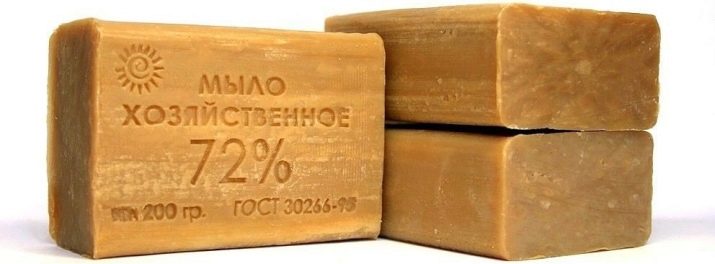
White and colored clothes
white clothes
If there is a need to urgently wash old sweat stains from white cotton fabric, use vinegar 9%:
- We impregnate the contaminated area with vinegar and stand for literally 5 minutes.
- Rinse clothes thoroughly.
It will also help to remove sweat stains from a white linen or cotton shirt. hydrogen peroxide 3%:
- In a liter of water, stir 30 ml of peroxide and soak the shirt for 30 minutes.
- Wash as usual and rinse thoroughly.
It is important to remember that in no case should you clean colored products with hydrogen peroxide. The spots will disappear, but along with the color.
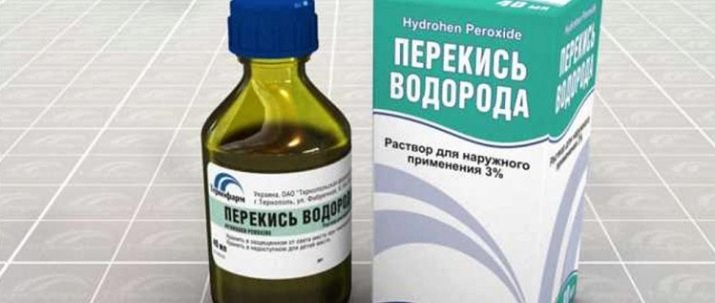
Additional recipes for white and light clothes:
- Baking soda. We prepare a cleaning mixture of 4 tablespoons of baking soda + ¼ cup of water. Using a brush, apply the composition to the clothes with rubbing movements. We stand 60-90 minutes and wash as usual. If the stains are not removed, the procedure can be repeated.
- Persol oxygen. Chemical bleach. We prepare a cleaning mixture of 5 g persol + 250 ml of water. Gently apply the mixture on the stains with a brush and hold for two hours. We wash as usual.
- Aspirin. Pre-crush two aspirin tablets and mix in half a glass of water. We impregnate the fabric and stand for 3 hours. Rinse off the solution under running water and wash as usual.If the yellow spots do not wash off, the concentration of aspirin can be increased, for this we stir the crushed tablets with a couple of drops of water until a thick slurry is obtained. We distribute on the fabric, wait 60 minutes and wash as usual.
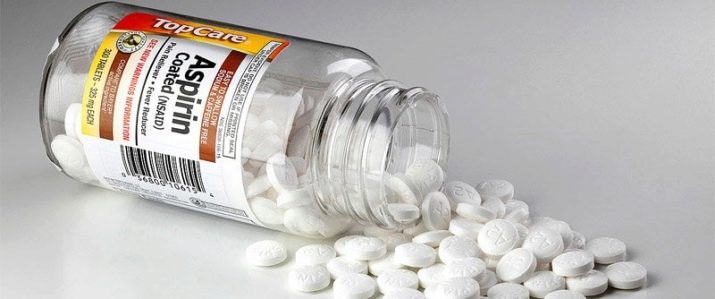
- Salt. We prepare a working solution: 250 ml of water + 30 g of salt. We impregnate the fabric and stand for about two hours, wash as usual. The recipe is suitable for cotton, linen and silk fabrics.
- Table salt with ammonia. We prepare a working solution: 250 ml of water + 5 ml of ammonia + 5 g of salt. We apply the composition with rubbing movements and wait 90 minutes. We wash as usual.
- Oxalic acid with laundry soap. We rub the soap with a brush and rub it into the fabric, let it stand for 30 minutes and wash it. After that, prepare a solution of 5 ml of oxalic acid + 250 ml of water and soak the fabric, rinse under running water after 10 minutes and wash as usual.
- Boiling with laundry soap. The recipe is well suited for cotton clothes and underwear. Grind a bar of soap on a fine grater half a glass. Pour into a metal container and add water. We boil the product until the spots disappear, after boiling we keep it on low heat for three hours, stirring often.
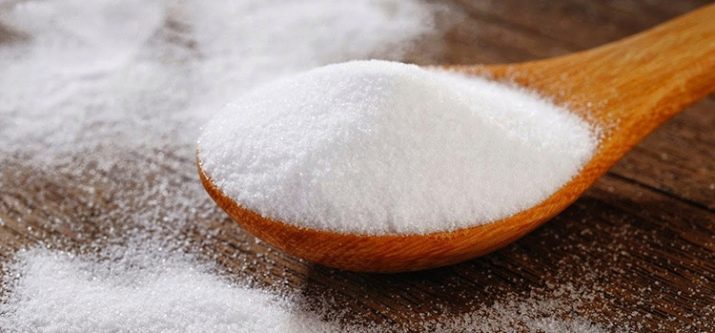
colored clothes
Yellow spots on colored products can be removed by such a mixture: one yolk + 10% denatured alcohol solution. We distribute according to pollution and wait exactly until the yolk dries. After that, the yolk must be peeled off and the thing washed as usual.

Tips & Tricks
The fight against yellow spots, first of all, begins with an understanding of the body's own physiological characteristics.The appearance of an overly pungent odor along with frequent and profuse sweating may indicate problems, so consultation with a specialist is mandatory. It is also important to pay more attention to personal hygiene. You can use special linings that absorb moisture and prevent sweat from seeping through.
A few practical tips:
- Chlorine is not suitable as bleach. Otherwise, it will lead to a darkening of the material in contaminated areas, due to chemical interaction with the protein components of sweat.
- You can not make efforts when rubbing with a brush, the movements must be careful so as not to damage the paint.
- Acetate silk cannot be cleaned with acetate and acetic acid.
- Synthetics are not suitable for solvents such as gasoline, benzene and the like.
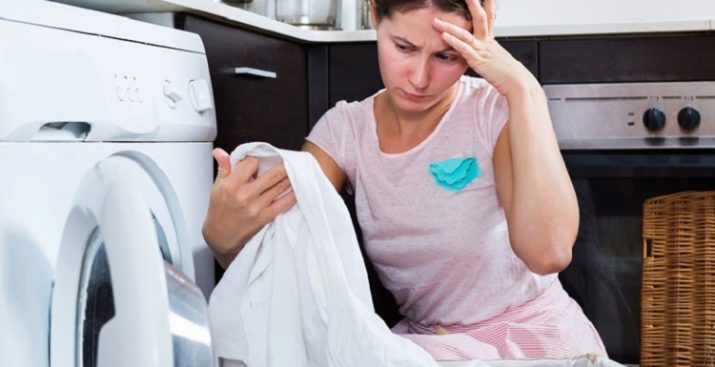
- Acids are contraindicated for cotton materials, and alkalis are contraindicated for woolen and silk materials.
- Before using the recipe, a test is required on the wrong side, in an inconspicuous place.
- Wash only in warm water, as hot will only fix stains on clothes.
- After testing, it is better to remove stains from the wrong side in order to avoid the appearance of stains around them.
- When using hydrogen peroxide, products are thoroughly rinsed, as under the influence of ultraviolet radiation, peroxide can give things a yellowish color.

How to avoid sweat stains:
- In the hot season or with heavy sweating, take a shower at least once a day.
- Compliance with personal hygiene.
- Refusal of synthetic clothing.
- Frequent change of clothes, dirty things should be washed immediately.
- Deodorant should not only eliminate unpleasant odors, but also reduce perspiration.
You can remove sweat stains at home.The important thing to remember is that the sooner you get started on stain management, the better your chances of success.
How to deal with yellow spots at home, see the following video.




























